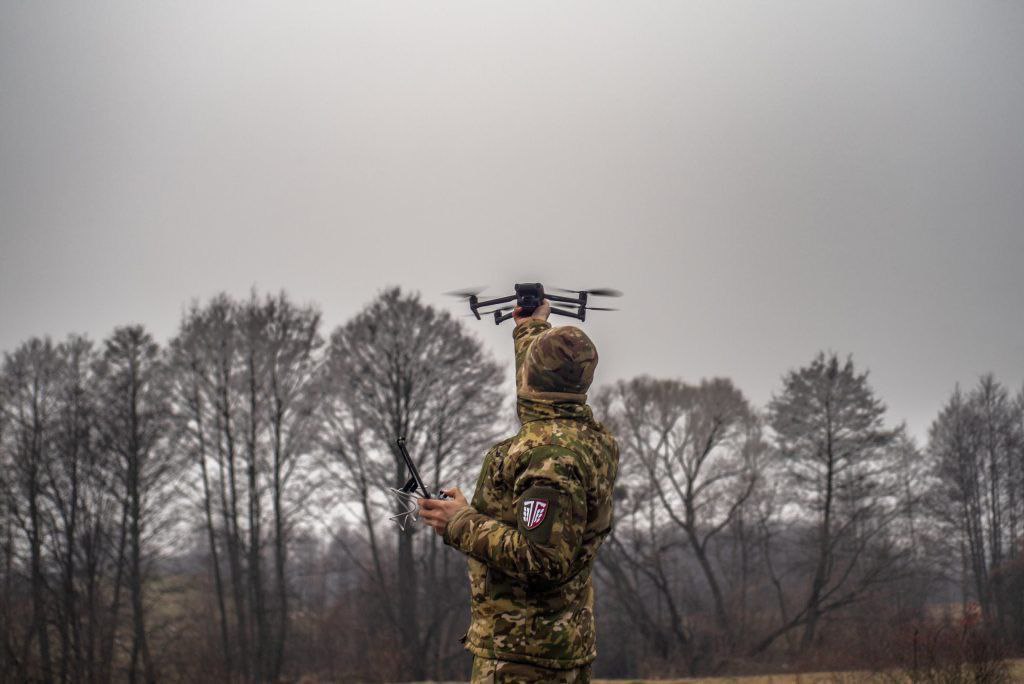
In June this year, information about an unusual method of mine detection rapidly spread on social media. According to the reports, after sunset, for 30-60 minutes, a drone with a thermal imager can be used at an altitude of 60-70 meters to detect even those mines that are hidden in the grass.
This possibility is explained by the thermal radiation of mines, which accumulates during the day and is further emitted in the form of a thermal signature during the evening hours. The information quickly spread and was widely publicized first in the circles of the UAV community, subsequently reaching other military sectors and civilians.
Finding additional safe ways to detect mines is an urgent issue, so any methods that involve remote (safe) detection of mines are often perceived with high enthusiasm.
The analytical department of the Boryviter military school consulted with EOD experts and aerial reconnaissance, as well as researched into the use of this method in other military conflicts.
Communication with the expert showed that this method can only be an integral part of the complex process, as it can provide results only for a limited list of mines and under certain weather conditions and time of day.
Moreover, this method can lead to a false negative result (any sun-heated metal objects, debris, rocks in a desert area, etc.) and is not effective against explosive devices that do not have sufficient thermal contrast.

In addition to the specifics of the natural environment, the experts emphasized the importance of taking into account all possible sources of information, such as intelligence reports, communications intercept, track tracks, sappers’ notes, testimonies of local residents, and data exchange with friendly units.
Despite the fact that the existing method has signs of innovation, its effectiveness and reproducibility are questionable. Since it regards extremely dangerous activities, the errors come at a high cost.
The following disadvantages of the method of searching mines with the help of a thermal imager do not allow us to consider such practice the most efficient:
The available method, although innovative, is nevertheless considered dubious due to its risky nature. The thermal imager does not respond to stretching and non-metallic mines. It is not suitable for dug-in mines. The use of such a method is limited under the influence of weather conditions and temperatures. Detection of mines by a thermal imager is not accurate (stones, other metal objects), and can lead to the illusion of safety.
The enemy, knowing about this method, can scatter various metal objects on the territory/mix with real mines to interfere with the demining process. It is also noted that it is necessary to involve mine safety specialists in the search and demining of explosive objects.
Taking into account these risks, the Analytical Department does not recommend the use of this method as an independent method of detecting mines.
Boryviter Center of Excellence is a non-profit NGO uses the Lessons Learned methodology to study and implement the experience of participants in the defense of Ukraine. You can join the improvement of analytical materials by recording your observations in our form.
Підтримати нас можна через:
Приват: 5169 3351 0164 7408 PayPal - [email protected] Стати нашим патроном за лінком ⬇
Subscribe to our newsletter
or on ours Telegram
Thank you!!
You are subscribed to our newsletter